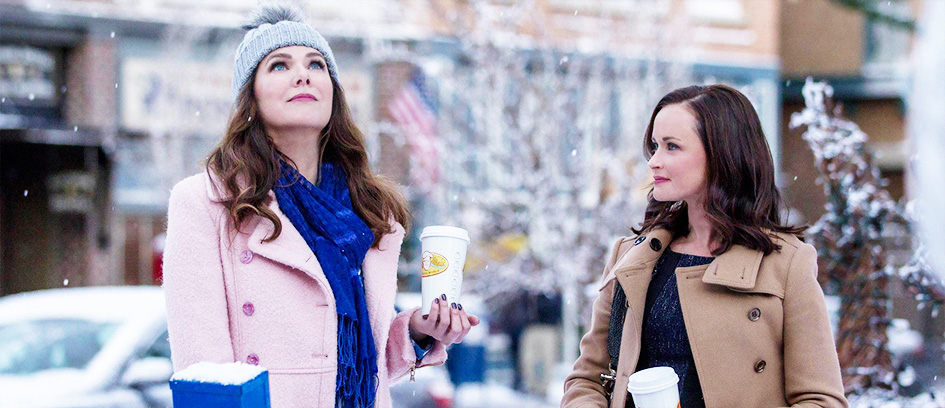Making Fake Snow For Movies

During this time of year, many of us like to turn on the movies and TV shows that fill us with Holiday cheer. But if you've worked as a Background Actor on these types of projects, you know there's more to creating a winter wonderland than hoping the weather cooperates. So how do these movies create the snow and weather that we associate with them?
There are all kinds of reasons why a production would use fake snow, from filming in a snowless location or soundstage to being able to create a unique look. Since we can't control the weather, real snow can be tough for productions to schedule around. Plus, melting, slickness, and patchiness of natural snow can cause continuity issues throughout filming. Then there are some productions, especially multi-cam shows like The Neighborhood and Cousins for Life, that rarely leave the studio. Artificial snow gives these series the ability to create weather in a controlled environment.
How fake snow in movies is made
Getting movie snow to look realistic has been a challenge throughout film history. Until the mid-1920s, cotton was the most popular snow substitute, until a firefighter pointed out that the highly flammable substance was a hazard on set. Then Hollywood began experimenting with salt/flour mixtures, painted ground up cornflakes, and marble dust.
The art is ever evolving, but there are now a few modern go-to recipes for creating realistic fake snow. Which method used can depend on the overall desired look, how long the snow needs to sit on set, the temperature on location, how actors will interact with it, and budget. If you're a Background Actor or Stand-In, these are some types of artificial snow you may encounter on set.
Snow blankets
For dressing snow used as part of the set, white woven blankets are a common option for covering large spaces, particularly those that are farther away from the camera. Snow blankets are often used in conjunction with paper, foam, or other artificial materials.
Paper
Paper snow is a popular alternative to the real thing and comes in two main varieties. Square cut paper doesn't look realistic as ground cover, but it moves in a predictable way and creates a nice falling effect. The other option is machine cut in a way that tears and frays the edges so it looks and clumps like the real thing. When dressing the set, the crew uses a high-pressure delivery system that mixes the paper with water so it sticks to surfaces. This is another realistic way to cover large areas, but is also highly flammable and can only be used for exterior shots.
Foam
The most common method used for falling snow is a soap based product that creates a foam like substance when blown out of a machine. This foam looks realistic and has the added benefit of not becoming slippery when hitting the ground. Depending on the scene's desired look, productions can use an evaporative foam that won't stick to actors or surfaces or a stickier foam that acts more like the real thing by clinging to objects as it falls.
VFX
As with most modern projects, visual effects plays a huge role in setting the scene, especially for weather. Netflix estimates that winter movies can use around 500 visual effects shots to create falling snow, fill in gaps with dressing snow, and even erase unwanted tracks created from actors or crew. A downside to VFX snow is that it can't interact with the actors or props, so it's limited in its use. It can also be expensive, which is why lower budget films often opt to stick to practical effects.
Interested in learning more about how your favorite movies and TV shows are made? Be sure to check out the Industry Essentials category in our articles section for all the information you need to become a professional Background Actor.